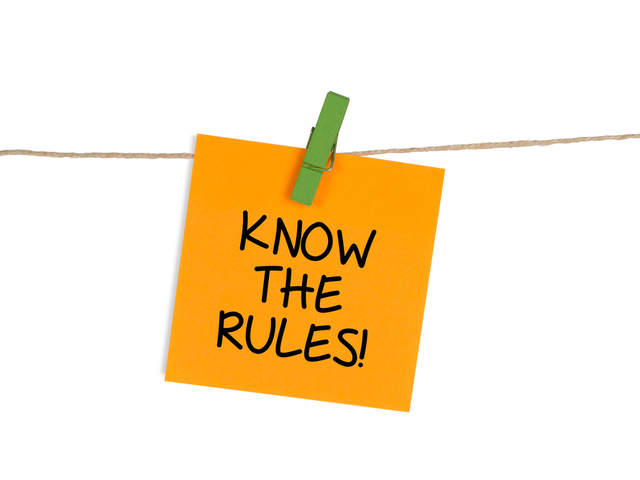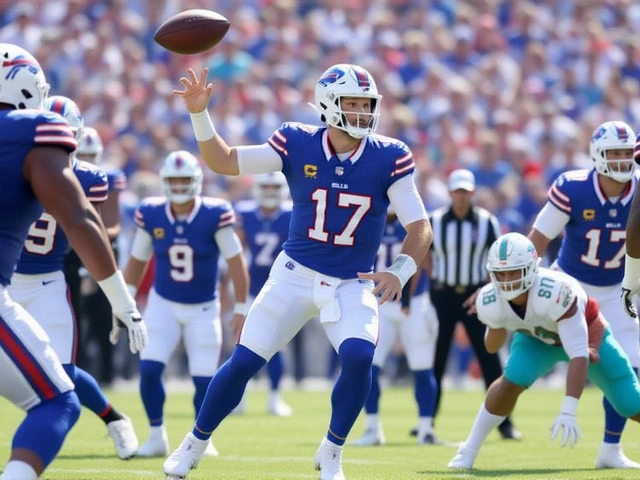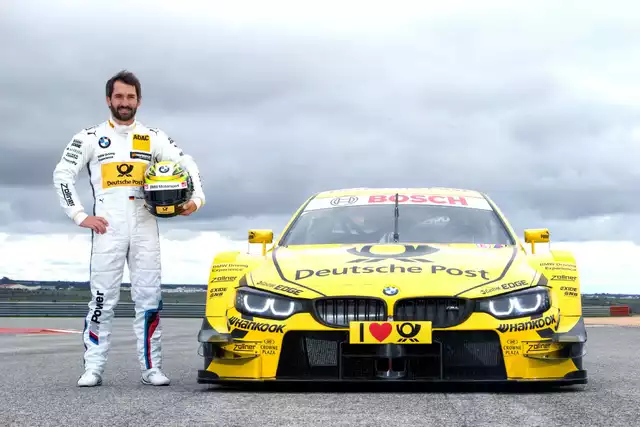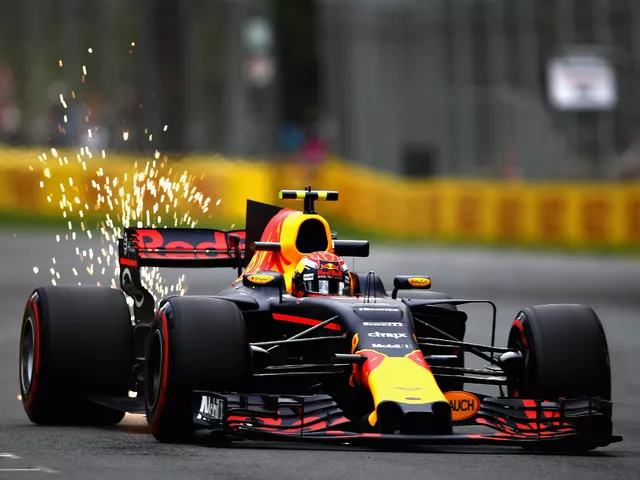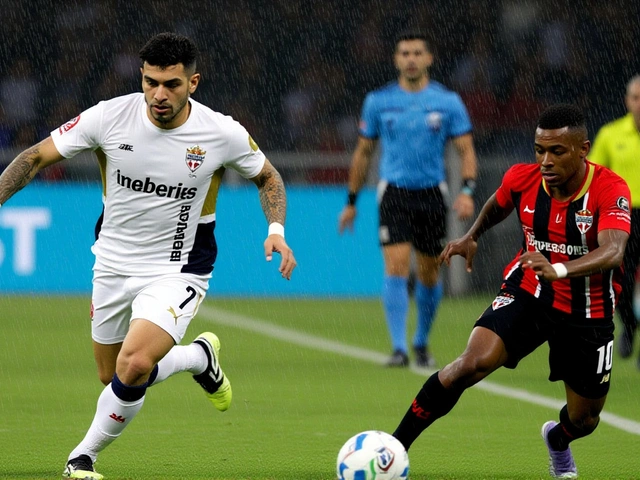Homologation Rules Explained for Subaru Motorsport Fans
If you’ve ever watched a Subaru rally car zip around a gravel stage, you might wonder how that machine gets to race in the first place. The answer lies in homologation – the paperwork and testing that proves a car meets the rulebook. It’s not just a formality; it’s the safety net that keeps the competition fair and the drivers safe.
In simple terms, homologation is a stamp of approval from the governing body, usually the FIA for international events. The FIA checks everything from engine size to roll cage design, making sure every car follows the same set of limits. Without a valid homologation certificate, a Subaru can’t line up on the grid, no matter how fast it is.
Why Homologation Matters
First, it levels the playing field. When all teams agree to the same specifications, the race becomes about driver skill and team strategy, not who can out‑spend the other on exotic parts. Second, it protects drivers. The FIA’s safety standards ensure that roll cages, fuel cells, and crash structures can survive a high‑speed impact. Finally, it helps manufacturers like Subaru showcase technology that’s actually road‑legal. A homologated car can often be traced back to a production model, giving fans a direct link between the race and the showroom.
Missing a homologation deadline can cost a team dearly. You might have to run a backup car or, worse, sit out the event entirely. That’s why Subaru’s engineering team treats homologation as a project timeline rather than a side task.
How Subaru Meets the Rules
Subaru’s approach starts early in the design phase. Engineers compare the race car blueprint against the current FIA rulebook, flagging any parts that need tweaking. For example, if the rulebook limits turbo boost pressure, the team will install a programmable ECU that can’t exceed that limit.
Next comes the documentation marathon. Every bolt, weld, and software setting gets logged, and the data is packaged into a homologation dossier. This dossier is then submitted to the FIA technical delegate for review. The delegate may request on‑site inspections, crash tests, or dyno runs to verify the numbers.
Once the FIA signs off, Subaru receives a homologation certificate that lists the approved specifications. The same certificate is carried to each race, and officials at the event can quickly check that the car still matches the approved build. If a team wants to change something – say, a lighter windshield – they need to submit a new amendment and wait for approval.
Because the rulebook updates every few years, Subaru’s homologation team stays on top of every change. They attend FIA meetings, read the latest technical bulletins, and adjust their development plans accordingly. This continuous loop keeps Subaru’s race cars legal, competitive, and safe.
For fans, understanding homologation adds a layer of appreciation. It’s not just about speed; it’s about engineering discipline, paperwork precision, and a shared commitment to fair play. Next time you see a Subaru cross the finish line, you’ll know a lot of behind‑the‑scenes work made that moment possible.
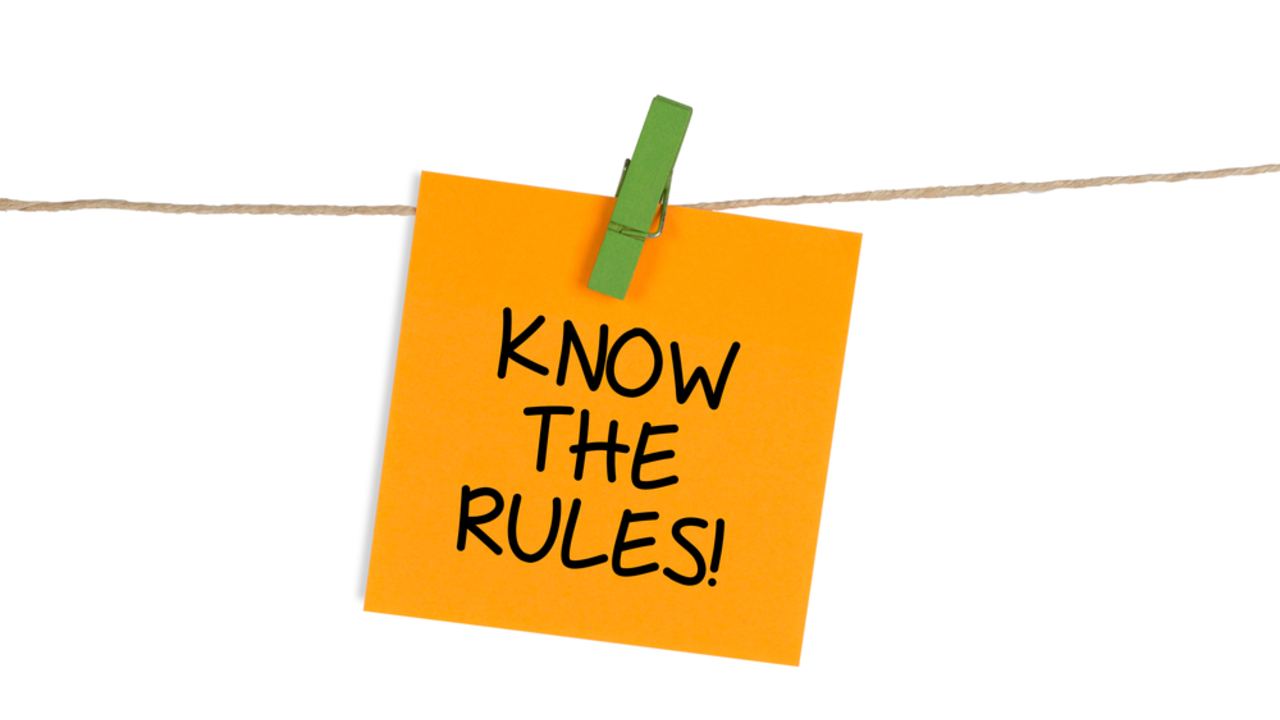
What is the purpose of homologation rules in motorsport?
In a nutshell, homologation rules in motorsport act as a fairness guarantee. They stipulate that any car used in racing must be a production model that's available for purchase by the general public, ensuring that all competitors are on a level playing field. It's a way to prevent teams with bigger budgets from gaining an unfair advantage by creating bespoke racing machines. Moreover, these regulations also boost the car industry, as innovations for the race track often trickle down to the cars we drive every day. So, homologation rules are vitally important for both competitive integrity and automotive progress.
CONTINUE READING


